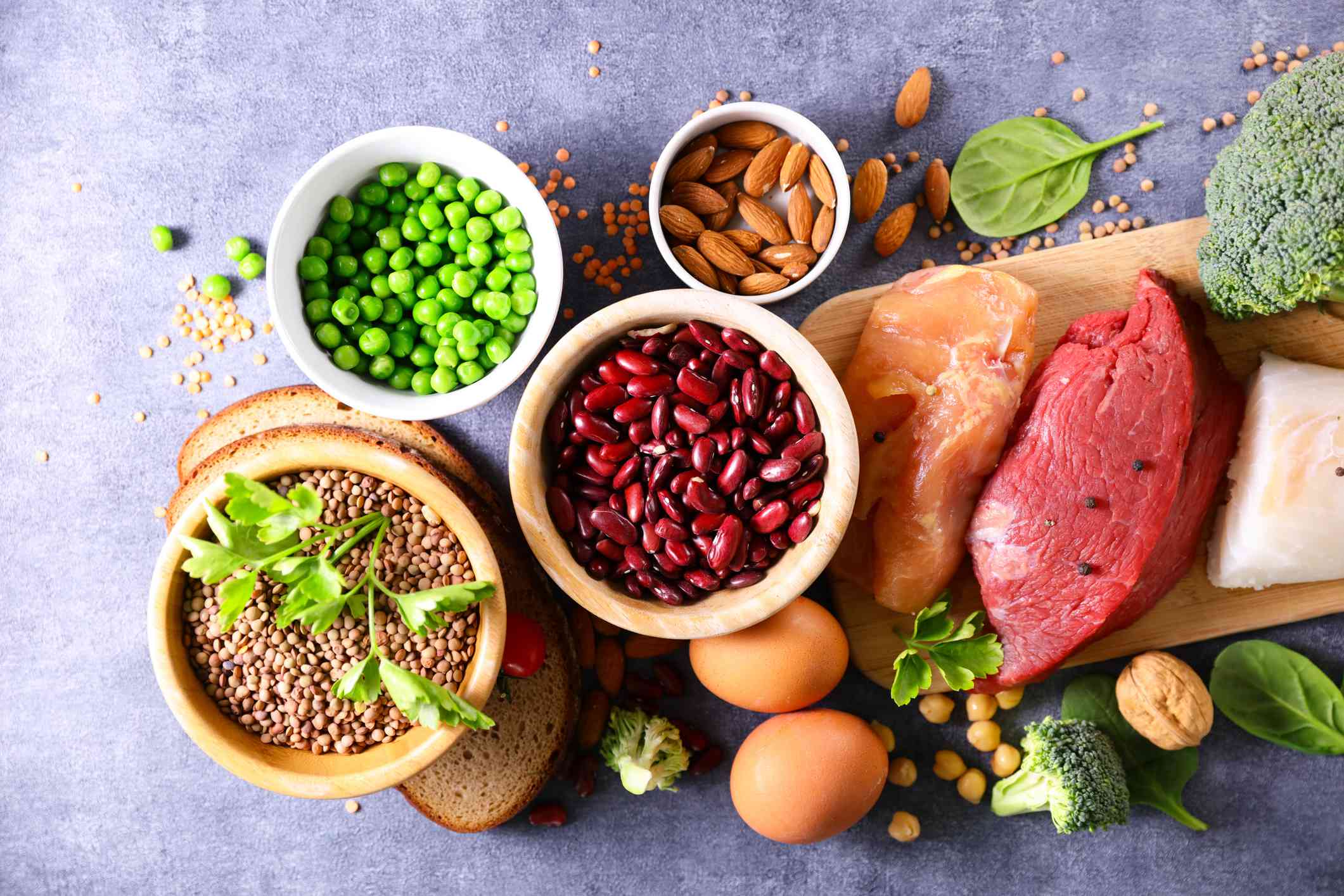Context:
The recently released ‘Nutritional Intake in India’ report by the Central Statistics Office, based on per capita monthly consumption expenditure data for 2022-23 and 2023-24, highlights significant shifts in dietary patterns within Telangana. The state’s population is consuming calories, proteins, and fats at levels higher than the national average. Notably, Telangana has shown a decreased reliance on cereals as a primary protein source, reflecting a diversifying diet, even as overall fat consumption has increased over the past 15 years.
Key Aspects:
Overall Nutritional Consumption in Telangana:
- According to the ‘Nutritional Intake in India’ report, people in Telangana are consuming foods that provide calories, proteins, and fat at levels more than the national average in nutritional consumption.
- This report was released by the Central Statistics Office (CSO), based on per capita monthly consumption expenditure data from 2022-23 and 2023-24.
Protein Consumption Patterns:
While the national average daily protein consumption is 65 grams, Telangana records a slightly higher intake at 67.3 grams.
Sources of Protein:
Historically, cereals have been the primary source of daily protein.
However, the share of protein consumed through cereals has decreased in Telangana.
More protein is now consumed through meat, fish, and eggs after cereals.
Urban Protein Consumption from Cereals:
The national average for protein consumption through cereals in urban areas is 38.7 percent.
Specific data for Telangana urban areas showing a decrease from this national average was implied, indicating a shift away from cereals for protein.
Increased Fat Consumption:
The consumption of fat-rich foods has seen a significant increase, averaging 15 grams more per day over the last 15 years.
Current Daily Fat Intake (2023-24):
National average: 60.4 grams.
Telangana villages: 64.1 grams.
National urban areas: 69.8 grams.
Telangana towns: 70 grams. This indicates Telangana’s urban areas consume slightly more fat than the national urban average.
Meal Frequency Trends:
- The number of meals consumed per person per month in Telangana has decreased, particularly in urban areas.
- In 2022-23, urban areas saw 83 meals per month, which decreased to 80 meals per month by 2023-24.
Food Expenditure Patterns:
Expenditure on food as a percentage of total family consumption expenditure has increased in Telangana.
This expenditure was 49.4 percent in villages and 40.4 percent in cities during the reported year.
Despite this, the expenditure on cereals within the total food expenditure is very low, suggesting a shift towards more expensive, diversified food items.
Protein Intake from Food Items – Telangana Specific:
Category Rural (%) Urban (%)
Cereals 42.6 35.5
Pulses 8.1 7.9
Milk and Milk Products 9.8 8.7
Eggs, Fish, Meat 19.8 17.0
Other Food Items 21.6 29.1
About Central Statistics Office (CSO) / National Statistical Office (NSO):
The CSO, now part of the National Statistical Office (NSO) under the Ministry of Statistics and Programme Implementation (MoSPI), is the nodal agency for statistical activities in India.
It is responsible for conducting large-scale sample surveys, like the Household Consumer Expenditure Survey (on which this report is based), and releasing key economic indicators. Understanding its role is crucial for data-driven policy analysis.
Consumption Expenditure Surveys (CES):
- These surveys, historically conducted by the National Sample Survey Office (NSSO) (also part of NSO), collect data on household consumption expenditure.
- They are vital for estimating poverty lines, understanding consumption patterns, assessing living standards, and informing economic policy.
- The ‘Nutritional Intake in India’ report directly utilizes this data to infer dietary habits.
Calories provide energy.
Proteins are vital for growth, repair, and immune function (building blocks);
- Fats are essential for energy storage, hormone production, and nutrient absorption.
- A balanced diet requires adequate intake of all three in appropriate proportions.
Dietary Diversification:
- The shift away from cereals as the dominant protein source towards animal proteins (meat, fish, eggs) and potentially pulses/dairy indicates a positive trend towards dietary diversification.
- This is crucial for obtaining a wider spectrum of essential amino acids and micronutrients that may be lacking in cereal-heavy diets, thereby reducing the risk of hidden hunger and improving overall nutritional status.
Impact on Agriculture:
- Changing consumption patterns, particularly the reduced reliance on cereals for protein and increased intake of animal products, have implications for India’s agricultural sector.
- This could drive demand for livestock, poultry, and fisheries, necessitating shifts in agricultural policies to support diversified farming and animal husbandry.
Food Security & Affordability:
- The low expenditure on cereals within total food expenditure, despite overall increased food spending, suggests that cereals, traditionally a staple, have become relatively cheaper or households are prioritizing other food groups.
- This is a complex indicator linked to food price inflation, government subsidies (PDS), and changing consumer preferences.
Socio-Economic Factors and Diet:
- Dietary patterns are significantly influenced by socio-economic factors such as income levels, education, urbanization, and cultural practices.
- Increased protein and fat consumption often correlates with rising incomes and urbanization, as households gain purchasing power to diversify their diets beyond staples.
Urbanization and Lifestyle Diseases:
- The trends observed in Telangana towns (higher fat consumption, decreased meal frequency) reflect the broader impact of urbanization and modern lifestyles on dietary habits.
- This shift, if not balanced, can contribute to the growing burden of non-communicable diseases (NCDs) in urban populations.
- While the report highlights Telangana’s positive trends, similar surveys help identify regional disparities in nutritional intake across India, allowing for targeted policy interventions based on specific state-level consumption patterns and nutritional challenges.

